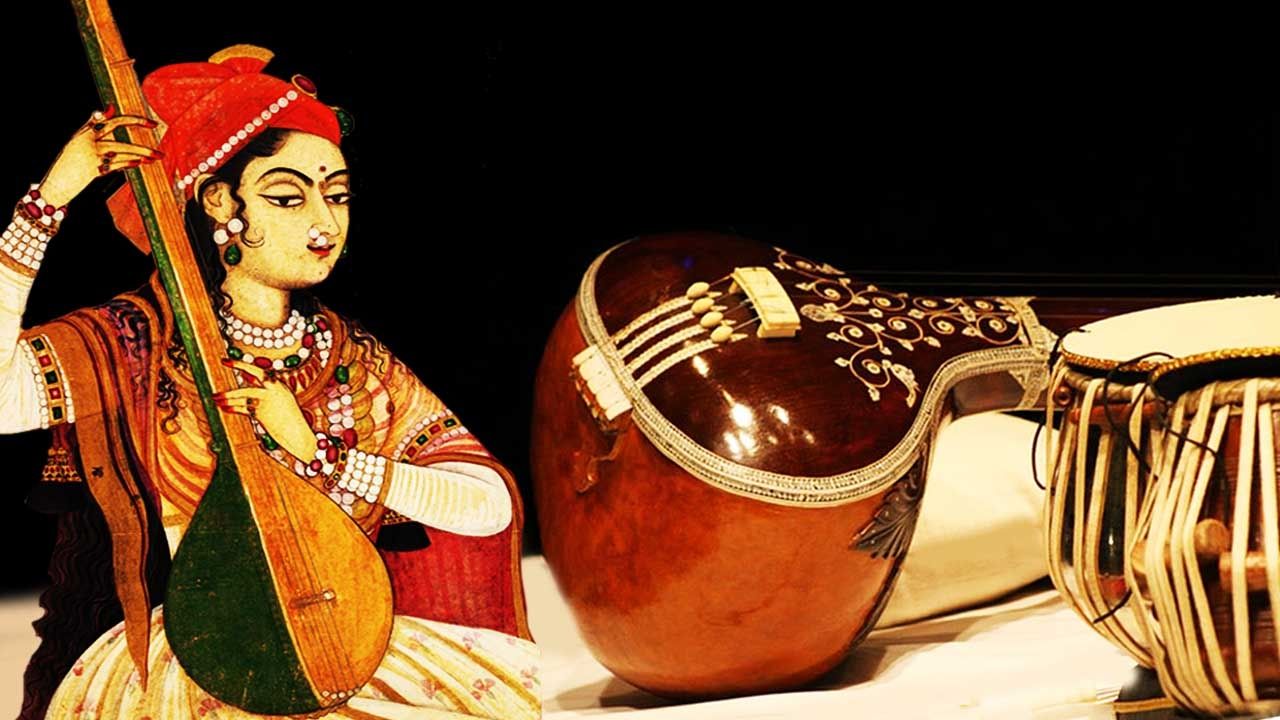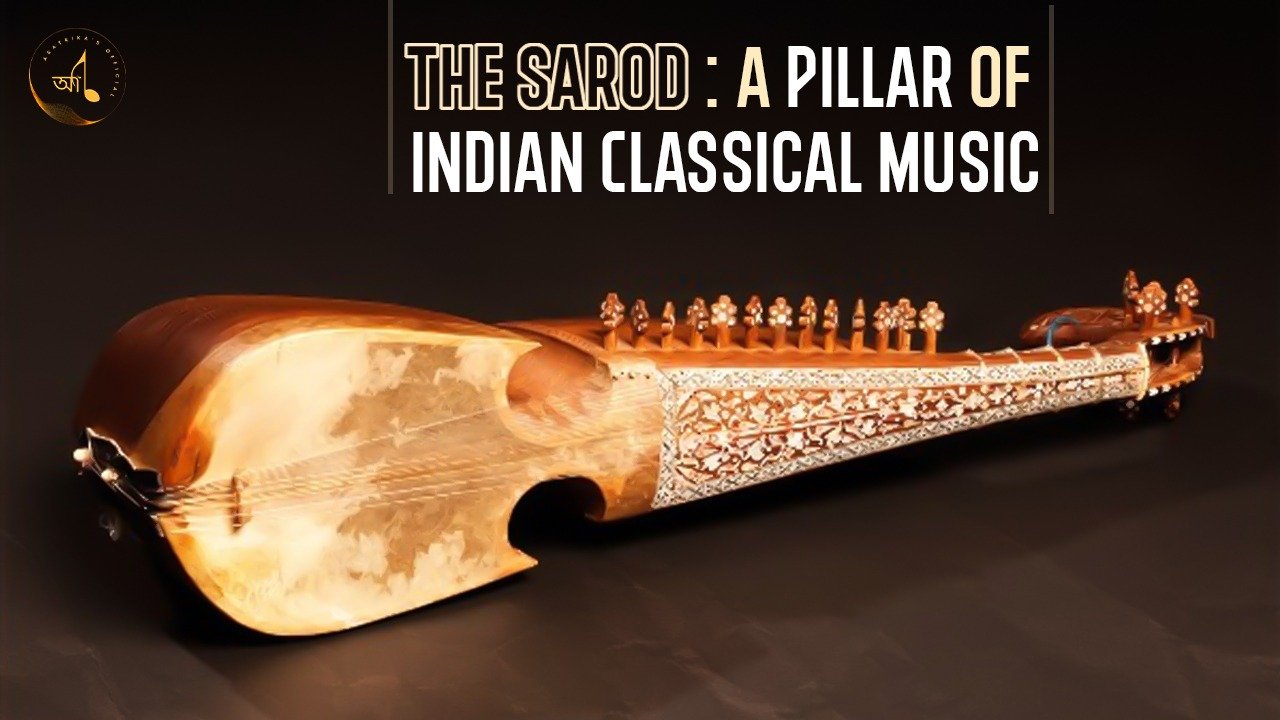Raga Asavari is a Hindustani classical raga. It belongs to the Asavari thaat and is performed in the morning hours. In pre-Bhatkhande days this Asavari used the Komal Rishab instead of Shuddh Rishab. When Bhatkhandeji created the thaat process, he changed Asavari's Komal Rishab to Shuddha Rishab but the name remained the same. From that time the old or real 'Asavari' has been called the Komal Rishabh Asavari, and the new Shuddha Rishabh Asavari is simply called 'Asavari'.
Raga Asavari is one of the prime ragas of Hindustani classical music. The characteristic feature of the raga is its avaroha. To avoid any confusion the type of Asavari – which is nowadays by far the most common – with flat Re is referred to as Komal rishabh asavari (or simply Komal asavari. Whether flat or natural Re, there is a great similarity in the melodic structure of Asavari and its related rag-s Jaunpuri (vide), Deshi (vide), Gandhari and Devgandhar. All these rag-s share the ascending pattern S r (or R ) m P d and several other melodic features as well. Asavari and its clones Jaunpuri and Dev Gandhar belong to late morning. The original version of Asavari used all four komal swaras – much like Bhairavi. It then ceded popularity to the modern version of Asavari, which uses shudh ‘re’ but komal ‘ga’, ‘dha’ and ‘ni’. When Pandit Vishnu Narayan Bhatkhande grouped north Indian ragas into ten thaats, he chose Asavari (with shudh ‘re’) as the key raga of the thaat named after it. The original Asavari is now known as ‘Komal Rishabh Asavari’. The modern Asavari in turn ceded popularity to Jaunpuri, which differs from it only in using the seventh note ‘ni’ in ascending movement. Interestingly, with the shifting of people’s preference from shudh ‘re’ Asavari to Jaunpuri, komal ‘re’ Asavari has made a comeback of sorts. Most of the recordings labeled simply Asavari are in komal ‘re’ Asavari. Dev Gandhar also uses shudh ‘ga’ sparingly in addition to the Komal one. The three ragas sound very similar and some experts on music, including Pandit Omkarnath Thakur, do not consider Asavari and Jaunpuri to be different ragas.
Asawari raga is very popular in North Indian classical music. It is a morning raga, which evokes the moods depicting yearning for love, anguish, and melancholy. Raga Asavari is effective in eliminating the impurities of blood and related diseases. In the South Indian musical scheme, Asavari thaat is known as Natabhairavi Mela.






